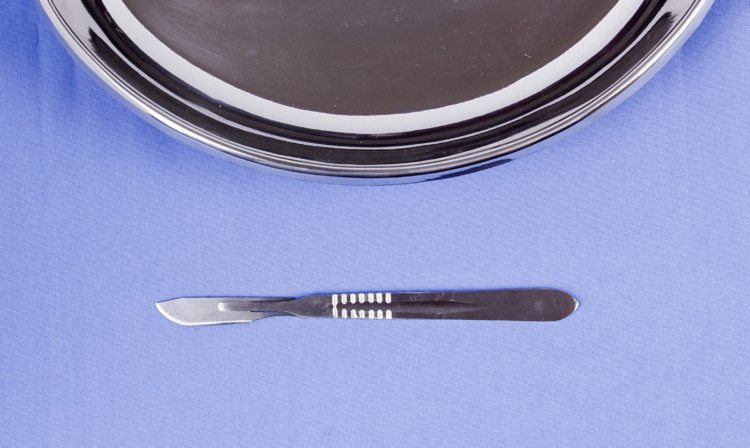As cosmetic surgery rates reach an all-time high, Jack McKeown looks at an industry that seems to be recession proof and asks: what makes us go under the knife?
Colonel Gaddafi was fond of late-night plastic surgery sessions, carried out without general anaesthetic because he was paranoid about being assassinated.
This is one of the weirder revelations contained in a BBC documentary about the late Libyan dictator’s peculiar lifestyle broadcast last night.
In a twist so strange it makes perfect sense, it was also disclosed Gaddafi shared his plastic surgeon with former Italian premier Silvio Berlusconi.
Back on Planet Earth, it appears normal people are also increasingly engaging the services of plastic surgeons.
A report released by the not-at-all amusingly named BAAPS (British Association of Aesthetic Plastic Surgeons) shows the number of cosmetic surgery procedures carried out in the UK rose by 17% last year exceeding 50,000 for the first time.
The biggest boom was in the popularity of liposuction, as 41% more people had excess fat suctioned out of themselves.
The number of nose jobs, face lifts and breast implant procedures all soared by more than 10%.
Plastic surgery remains an overwhelmingly female-dominated domain, with more than 45,000 of the 50,122 operations last year carried out on women.
Despite the PIP implant scare, breast enhancements were by far the most popular operation amongst women, with 11,135 procedures carried out.
Demand for cosmetic surgery also spiked among men, however, with 4,700 going under the knife in a bid to improve their appearance.
Nose jobs remain the most common operation among men, with more than 1,000 attempting to correct their conk.
Britain’s obesity epidemic also saw a 24% increase in the number of men undergoing a breast reduction (yes, you read that right) and 28% more getting liposuction.
Our ageing population and desire to look younger for longer was reflected in increased rates of eyelid surgery and face and neck lifts.
BAAPS president Rajiv Grover said confidence in cosmetic surgery had returned “with Britons choosing to spend on procedures with proven track records, such as liposuction”.
Adroitly overlooking many people’s perception of liposuction as an easy option to a difficult problem, he continued: “Whether it is breast augmentation or anti-ageing procedures like facelifting, the public are choosing tried and tested surgical methods rather than the magical-sounding quick fixes that fail to deliver results.”
Dundee-born Michelle Kelly has spent more than £15,000 on cosmetic surgery. She thinks it is becoming much less taboo than it once was.
“I don’t know if it’s just that more people are having it,” she said. “I think that more people are becoming happy to talk about it.
“People are much less closeted about having had cosmetic surgery than used to be the case.”
Michelle, 42, had a disastrous experience with Botox injections when she was 27 spending several months with a drooping eyebrow but a decade later she revisited the procedure with much happier results.
She has also had a breast augmentation, tummy tuck and fillers to lines around her mouth.
The Arbroath-based beautician thinks there is less stigma associated with going under the knife.
“People don’t judge you because you’ve had a little bit of Botox,” she continued. “Not everyone is born beautiful and if it makes you feel a wee bit better then where’s the harm?
“We’re living longer and we want to look the best we can for as long as we can. If science has made that possible then why not take advantage of it?
“People spend thousands on cigarettes and alcohol things that age you and make you look worse so why not spend thousands on something that makes you look better?”
She has one key piece of advice for anyone thinking about having a cosmetic procedure.
“Research, research, research. I can’t stress that enough. Find out as much as you can about a clinic and the surgeon who’ll be working on you. Check online for good or bad reviews. Speak to them first and make sure you’re comfortable with them before you book any procedures.
“And ask to see their qualifications, a reputable practitioner will be happy to show them.
“Finding someone who knows what they’re doing and that you trust is the key. I know this after having had a disaster with Botox when I was in my twenties.
“Whatever you do don’t just go for the lowest price place you can find. Go by reputation and results.
“If you buy cheap, you buy twice.”
